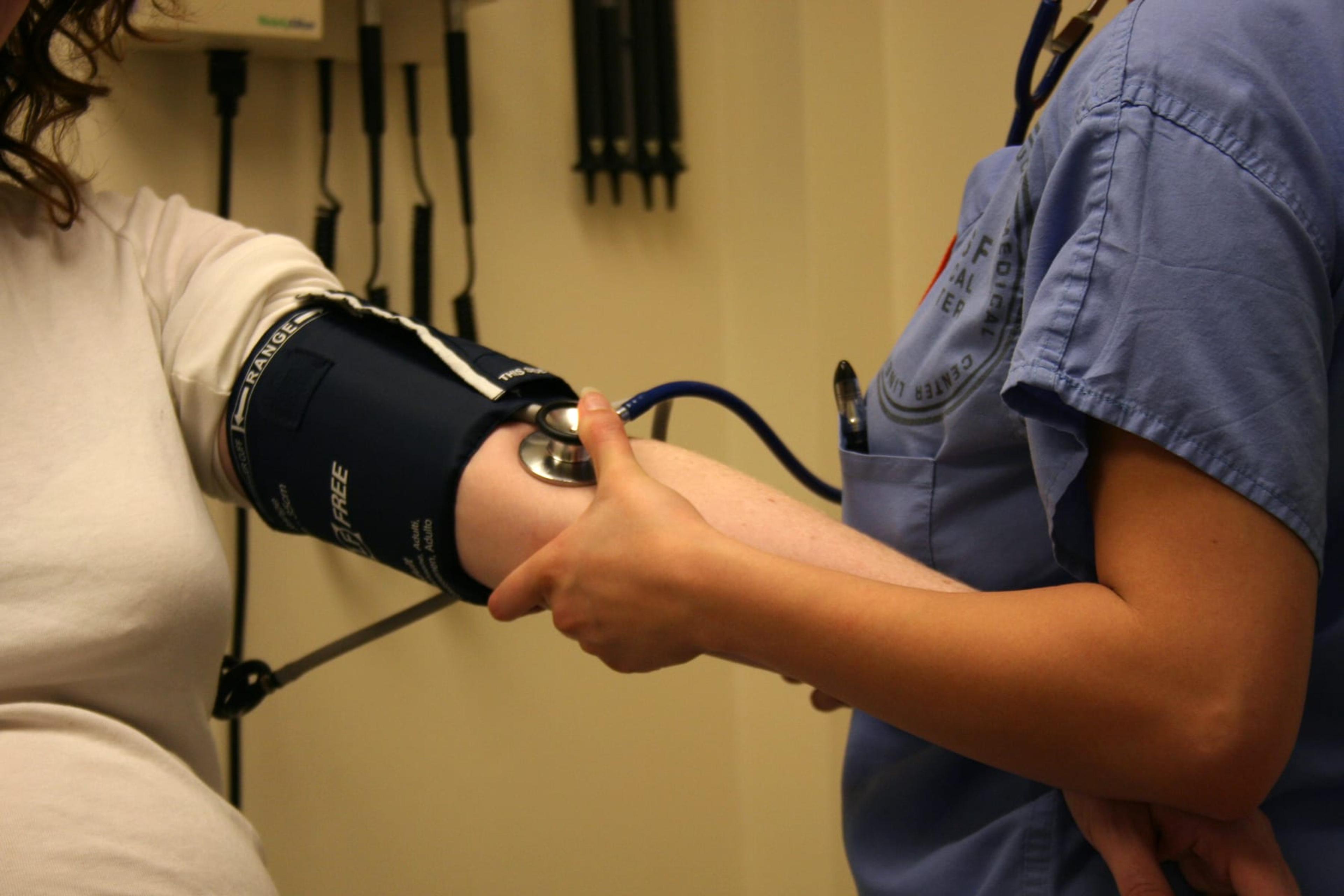Prostate Cancer Screenings: Who Really Needs Them
Dr. S. George Kipa, M.D.
| 3 min read
Medical Officer

Every year, more than 6,000 cases of prostate cancer are diagnosed in the state of Michigan. As the second most common male cancer, coming in second to skin cancer, one in seven men in America will be diagnosed in their lifetime. Regular prostate exams may help you catch the disease early and receive appropriate treatment as soon as possible. Unsure about whether or not you should make an appointment? Read on to learn more about who needs the annual screening and when. Should you be getting prostate cancer screenings? The best way to answer this question is to ask your primary care doctor for an individualized recommendation. On average, men should begin receiving yearly prostate exams at age 50 (as part of an annual physical). Genetics, of course, play a role in risk, so men with a family history of prostate cancer should begin their screenings earlier. However, the American Urologic Society does not recommend routine screenings in men age 70 years or older, or, any man with less than a 10 to 15 year life expectancy. The American Cancer Society provides the following guidelines for when to start screenings:
- Start at age 50 if you have an average risk of prostate cancer and are in generally good health.
- Start at age 45 if you have a higher risk of developing prostate cancer. This includes African Americans and men who have a first-degree relative (father, brother or son) diagnosed with prostate cancer at an early age (younger than age 65).
- Start at age 40 if you have an extremely high risk (those with more than one first-degree relative who were diagnosed with prostate cancer at an early age).
Keep in mind that these are just general guidelines. Your doctor’s advice is key to getting the best recommendation for you. Although most prostate cancers do not present with symptoms, it’s helpful to know what to look for. Symptoms may include painful or burning urination, blood in urine or semen, or frequent pain or stiffness in the lower back, hips or upper thighs. What is the exam like? Initial screening comes in two forms: a digital rectal exam (DRE) and a Prostate-Specific Antigen (PSA) blood test. While the idea of a DRE is daunting to many men, it’s actually very simple and results in little to no discomfort. You can learn more about what to expect during that exam here. The PSA blood test measures for a protein produced by the prostate gland. A number of factors can influence levels of that protein. While it’s not a foolproof exam, prostate cancer-related deaths have been reduced by 40 percent since PSA testing began. Despite this statistic, there are differing medical opinions around who should get a screening PSA and when. Evidence-based guidelines to answer this question are constantly being updated. The PSA blood test is often used during and after treatment to monitor diagnosed prostate cancer. While DRE and PSA exams are effective in evaluating the potential risk of prostate cancer, it is important to note that a biopsy is the only way to determine a definitive diagnosis. Talk to your doctor about which exam is best for you. What else can you do? Following a healthy diet, leading a healthy lifestyle and consulting regularly with your doctor are good strategies to stay healthy. For more information about the importance of prostate cancer screenings and other men’s health issues, consult your physician or check out these recommended blogs:
- Blue Cross Helps Make Michigan One of the Safest States for Prostate Biopsies
- What to expect when you’re expecting a prostate exam (with video — seriously)
- [INFOGRAPHIC] Men’s Health Needs, Decade by Decade
Photo Credit: Bryan Mason





